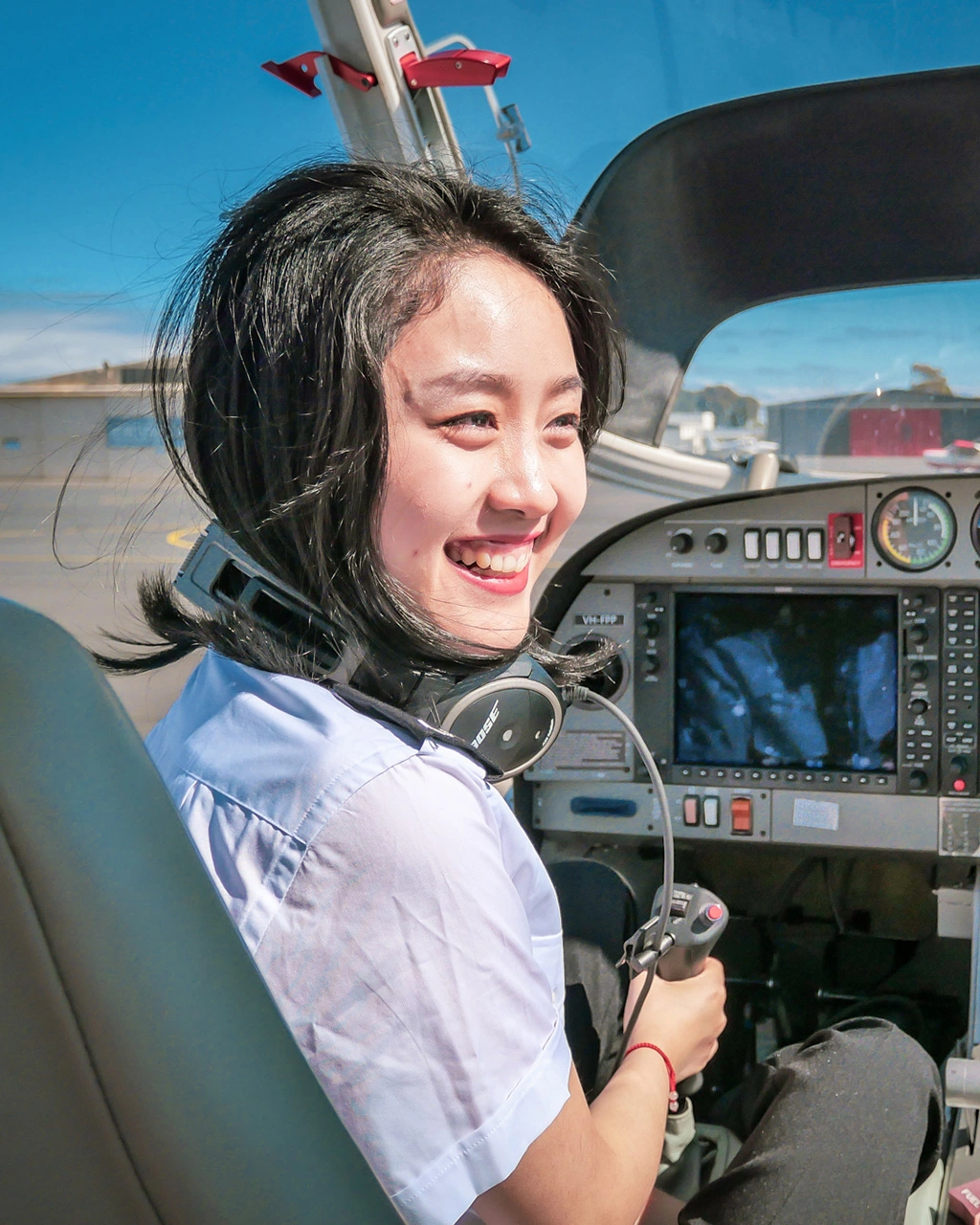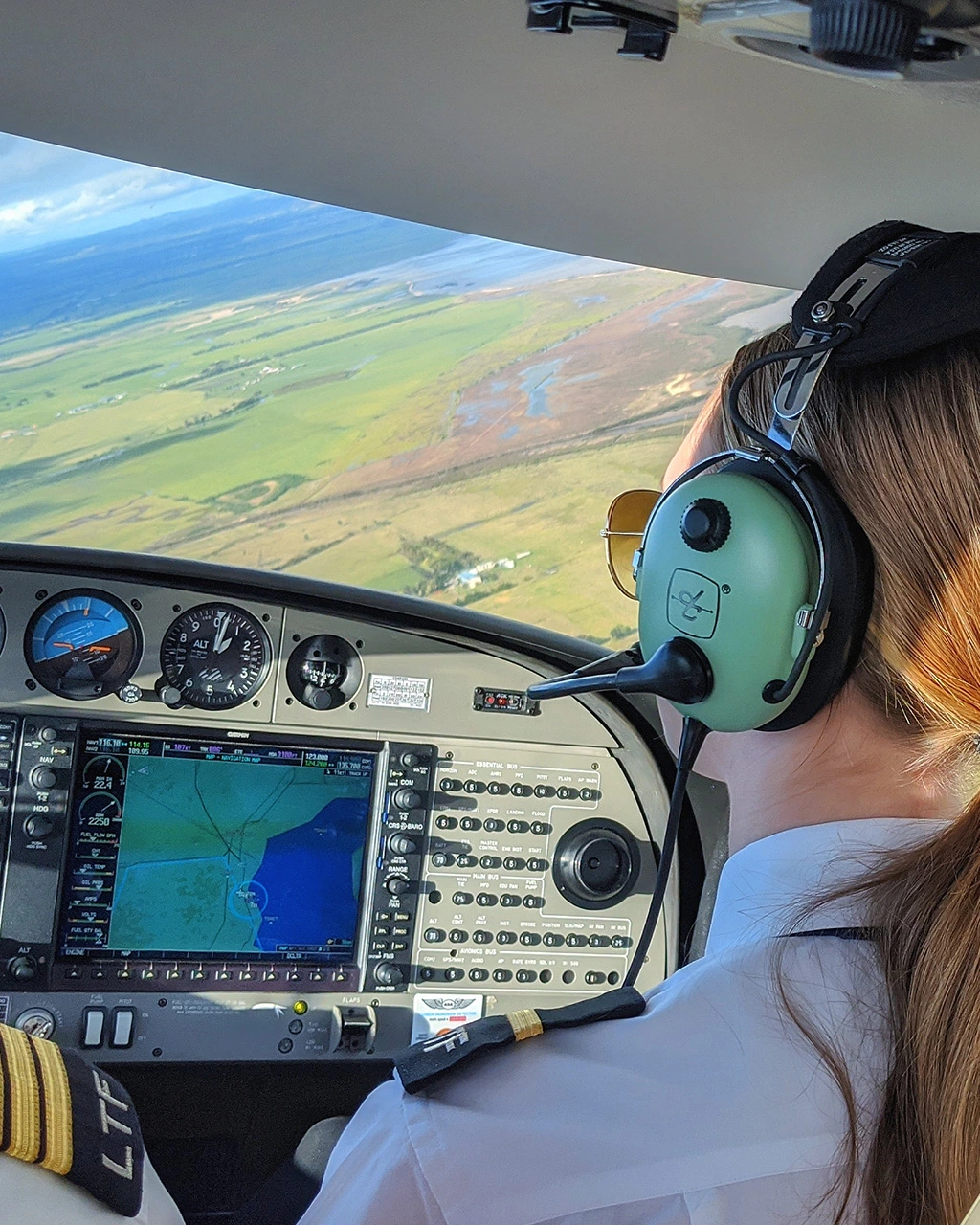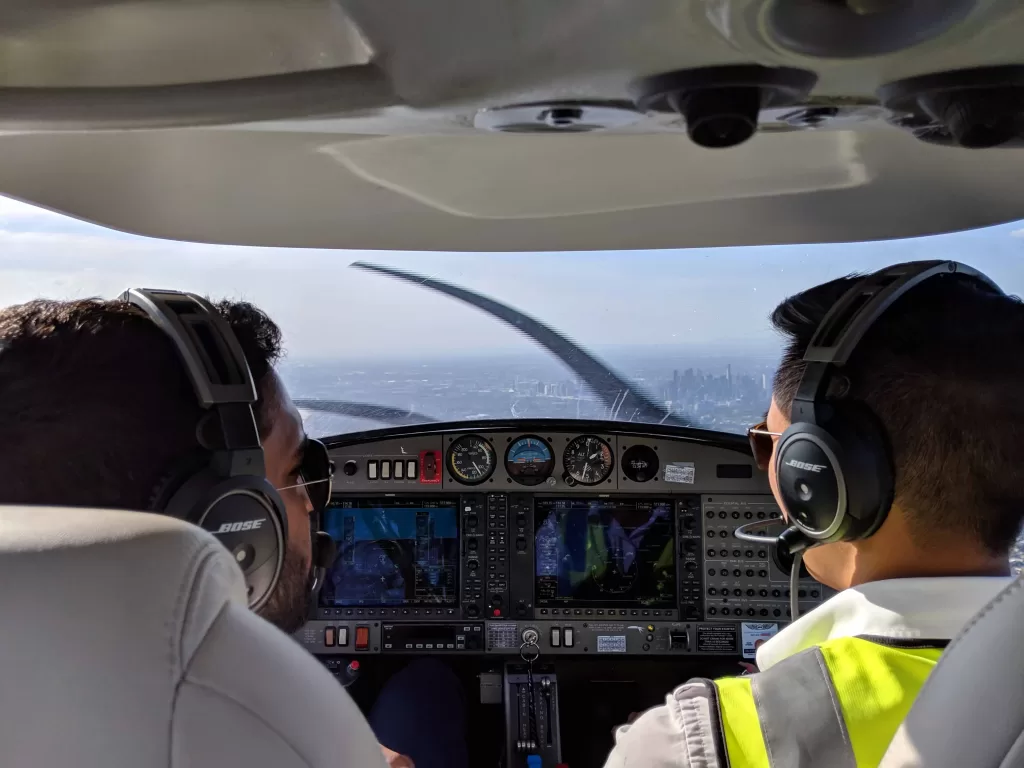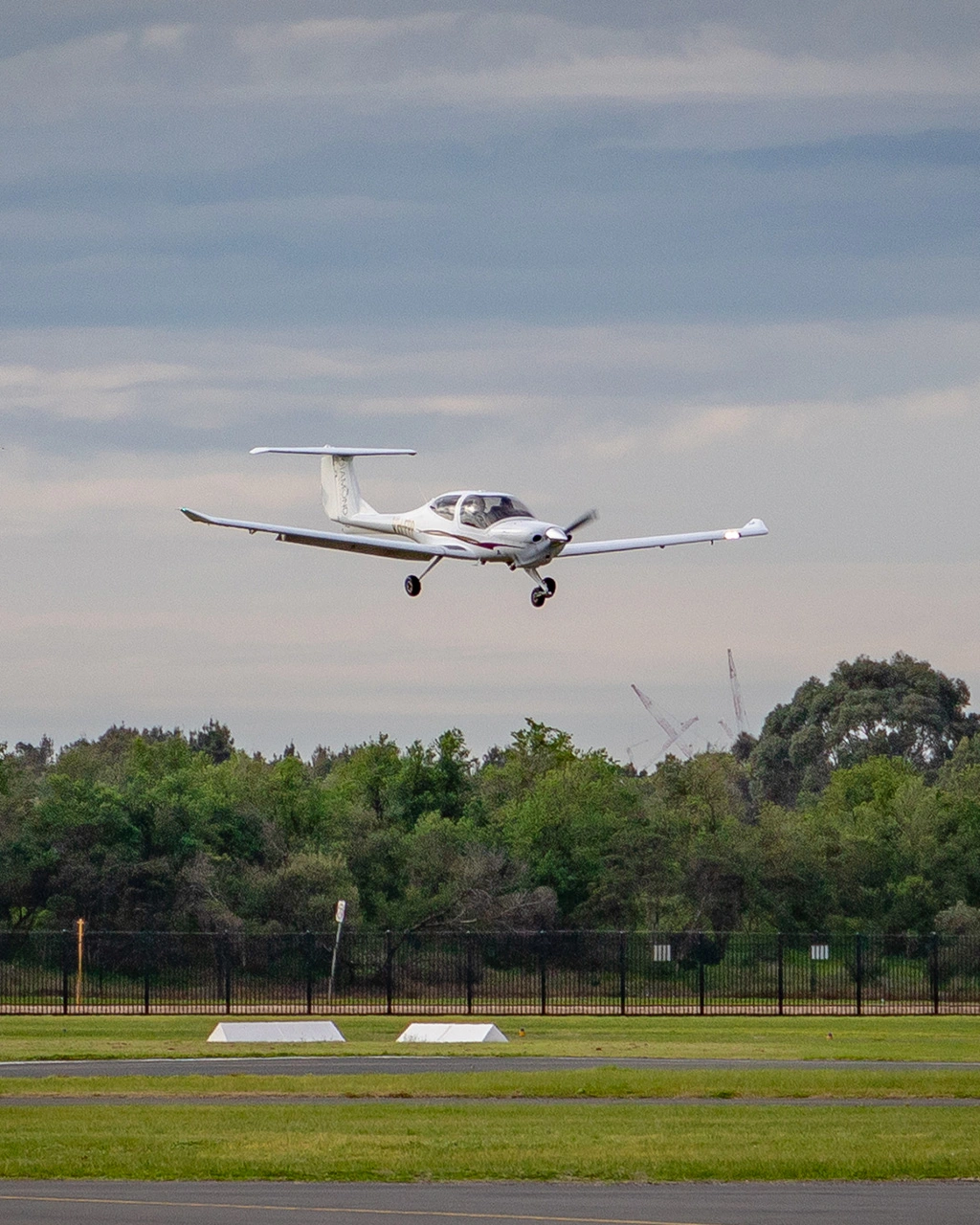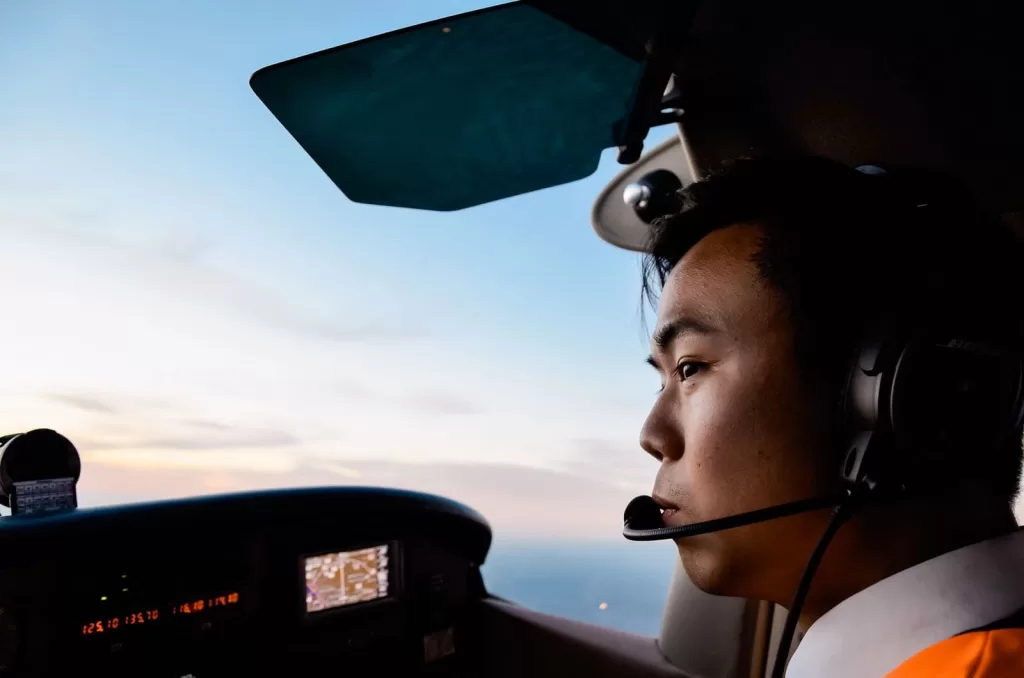Effective communication is an important skill for any pilot. Being able to pass your ICAO Aviation English Exam with flying colours is crucial to your career. It is a requirement for radio communications with aircraft and air traffic control, advising your flight intentions, and with colleagues both in and around aircraft.
To ensure consistency, global standard English is the recommendation from ICAO for communication. It forms an essential part of pilot training. It covers a range of topic areas including the use of relevant terminology, vocabulary, and protocols. Pilots will be tested on Aviation English throughout their career.

Background
The language proficiency standards were established by the International Civil Aviation Organisation (ICAO) in 2008, and then applied to flight crew licensing and signatory countries soon after.
Although one may speak English well, it’s also critical that pilots can listen to and comprehend instructions given over the radio. Accents from controllers and pilots can vary from flight to flight. Overcoming the challenge of accents alone can mitigate issues, and consequently play a significant part in making a flight run smoothly.
Listening Skills
Taking the time to observe and listen to Air Traffic Control (ATC) can be a valuable strategy prior to your ICAO Aviation English test. Live ATC allows individuals to listen to various control centres globally. You can listen to ground control, control towers, and en-route centres at a number of locations around the world.
When developing your listening skills, accents from both pilots and controllers will become apparent. This allows you to effectively tune your ears to a range of accents and instructions that you will likely experience daily as a pilot. This will ultimately then make this component of the ICAO English test more achievable.
Vocabulary skills
In addition to honing your Air Traffic Control listening skills, pilots need a broad spoken vocabulary in practical aviation. Reviewing aviation images or scenes online and then describing them out loud can be a valuable technique in determining the depth of your vocabulary.
Google search for aviation scenes and images. Practice describing what you see in random scenes or images verbally using known aviation terminology. Practice this technique regularly to help expand both your aviation vocabulary and flow of communication. You will need to execute this for the Aviation English Proficiency Test.
Preparation is Key
Clear and effective communication will always be critically tested and assessed for any pilot candidate. Utilise the resources available to you immediately and then start applying techniques in preparation. Expanding and improving your own listening and communication skills will prepare you well as a future pilot in a rapidly developing and growing industry.
Darren McPherson
ACS – Aviation Consulting Services 2019
You can get more flight training tips by subscribing to our YouTube channel. We have RPL/PPL flying lessons, aircraft pre-flight check videos, and more. Click the button below to subscribe!
If you need more information about how to pass the ICAO Aviation English exam, chat to one of our flight training specialists. Email hello@learntofly.com.hk/en or go to https://drift.me/learntofly/meeting to book a meeting and school tour.









